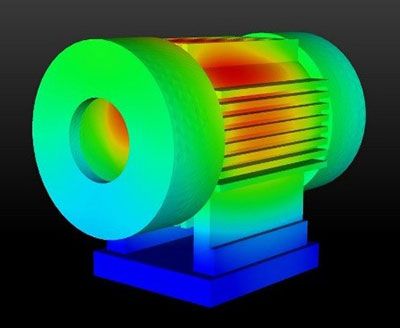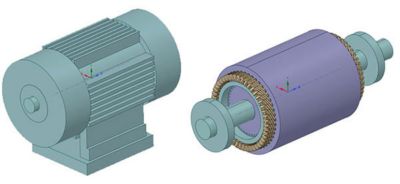-
-
Accédez au logiciel étudiant gratuit
Ansys donne les moyens à la prochaine génération d'ingénieurs
Les étudiants ont accès gratuitement à un logiciel de simulation de classe mondiale.
-
Connectez-vous avec Ansys maintenant !
Concevez votre avenir
Connectez-vous à Ansys pour découvrir comment la simulation peut alimenter votre prochaine percée.
Pays et régions
Espace client
Support
Communautés partenaires
Contacter le service commercial
Pour les États-Unis et le Canada
S'inscrire
Essais gratuits
Produits & Services
Apprendre
À propos d'Ansys
Back
Produits & Services
Back
Apprendre
Ansys donne les moyens à la prochaine génération d'ingénieurs
Les étudiants ont accès gratuitement à un logiciel de simulation de classe mondiale.
Back
À propos d'Ansys
Concevez votre avenir
Connectez-vous à Ansys pour découvrir comment la simulation peut alimenter votre prochaine percée.
Espace client
Support
Communautés partenaires
Contacter le service commercial
Pour les États-Unis et le Canada
S'inscrire
Essais gratuits
ANSYS BLOG
March 16, 2021
How to Improve the E-Motor Design Process
Electric motors come in all sizes — from the enormous motors that propel ships, to the miniature motors used in medical devices. Whether designing an electric motor for an electric vehicle that needs to be small, efficient and quiet; or for an industrial application where size and sound are not of major concern, it is critical to simulate electric motors early in the design process. Simulation enables design engineering teams to better understand potential electro-mechanical thermal challenges before investing in expensive prototyping and manufacturing.
Electrification is Hot, But Engineers Need to Keep Motors Cool
An electric motor is a complex multiphysics system that requires simulation from the start to achieve an optimized design. The demand for smaller motors capable of greater power output is driving this complexity. One of the main concerns with providing more power in a smaller form factor is thermal management.
If temperature is not controlled, materials can exceed their normal operating temperatures and experience phase change, softening, melting or other forms of degradation. Beyond the obvious safety risks of thermal stresses that can cause fatigue, cracking and material deformation, modern materials can be expensive. For example, some electric motors use rare earth magnets that can overheat to the point that they become demagnetized.
Learn more about, how Ansys CFD solutions enhance you to make better and faster decisions.
Use and Integrated Engineering Workflow for Multiphysics
Ansys offers an engineering workflow that progresses from electric motor design sizing options to detailed electromagnetics and thermal and mechanical analyses of the motor. The workflow encompasses mechanical and thermal simulation software, along with Ansys optiSLang process integration and design optimization (PIDO) software.
With optiSLang, engineers can:
- Combine different physics into a multidisciplinary approach to investigate phenomena more holistically.
- Standardize and share simulation processes across teams, allowing simulation novices to gain more direct access to simulation.
- Accelerate time-consuming manual searches for the best and most robust design configuration, enabling engineers and designers can gain a better understanding of their design via interactive visualization and artificial intelligence (AI) technologies.
The optiSLang platform connects Ansys, third-party and in-house tools to automated simulation workflows.

Case in Point: Electric Traction Motor Simulation
Thermal simulation of electric traction motors requires more than one solver, which typically provides greater accuracy at the expense of speed. Co-simulation performance can be significantly improved by introducing metamodels to the solver, which only marginally increases the time to obtain results while improving the quality of the model.

